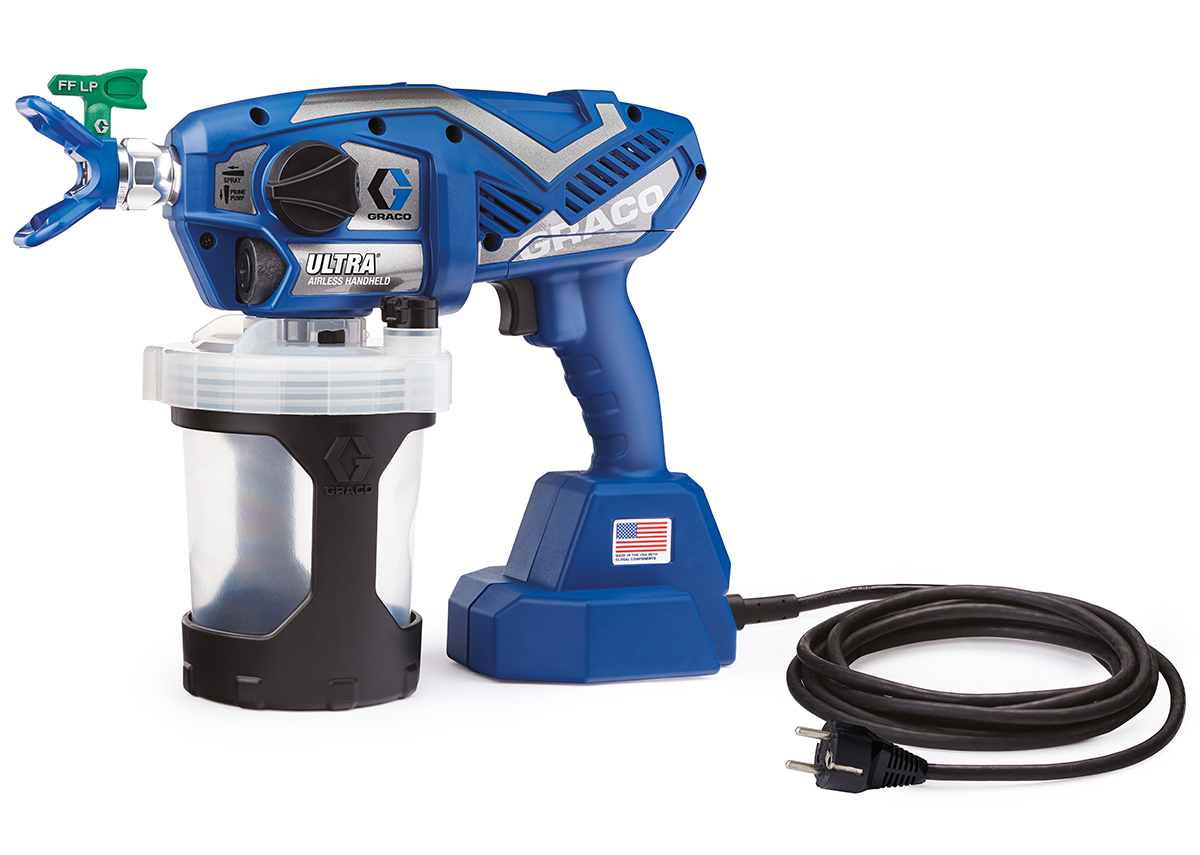


Click Add to move Lead into the selected objects column.ĩ. Find Lead in the list of available objects.Ĩ. Scroll down to the Supported Objects section. This will mean that all Queue Members will receive email updates (and not only the address entered in the Queue Email box).ħ. An email notification will be sent to this email address whenever a new record is added to the queue – ideal for shared team inboxes.Ħ. We’ll use “EMEA Leads” in this example.ĥ. From Salesforce Setup, search “queues”.Ĥ. **Users in groups could have the permission to change record owners with a combination of a profile (or permission set) with the “transfer records” and edit access, granted via the role hierarchy or a sharing rule.ġ. *If Enterprise Territory Management is enabled. all users in the public group will have the ability to view the record and change the record owner.

(If standard queue, when one consumer pick a message and fails, it will be available for other consumers within the visibility period. Visibility timeout(VisibilityTimeout): Set the visibility timeout to the maximum time that it takes your application to process and delete a message from the queue. Below are the attributes we can set when creating the queue. This redirection of messages can be provided in the redrive policy. Another thing about the queue is, if there is a failure in consuming messages from the queue, we can move those failed messages into a separate queue, dead-letter queue. One important thing is when creating a FIFO queue, we must give the suffix “.fifo” for the queue name. When creating a queue, we can give several attributes for the queue.

Creating a queue if not exist and send a message to the queue. Inside the producer two main things are done. You can find more details from the official page. This is a basic high level description on AWS SQS FIFO queue. Also it can give another MessageDeduplicationId, where messages with same MessageDeduplicationId are considered as duplicates. If the attribute “ContentBasedDeduplication=true” then the messages are treated as unique based on the message content. Also it avoid introducing duplicate messages and we can define duplication strategy. If messages have several MessageGroupIds then messages for each MessageGroupId will be separately ordered. That is if all the messaged have same MessageGroupId, those all will be ordered based on arrival. FIFO behavior is applied to messages that have the same MessageGroupId. FIFO queue can be created by providing attribute “FifoQueue=true”. (It also provide at-least once message processing) SQS FIFO supports sending, receiving, and deleting messages, and retrying whenever there are send or receive failures. Usage of AWS SQS FIFO queuesįIFO queue ensures strictly ordered message delivery and exactly-once message processing.
ULTRACOPIER COMBINE QUEUE HOW TO
In this article I will be explaining how to create AWS SQS FIFO queue, produce messages to the queue and create a lambda function to consume from the queue using java SDK.


 0 kommentar(er)
0 kommentar(er)
